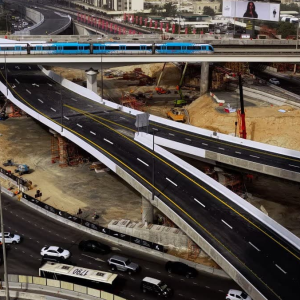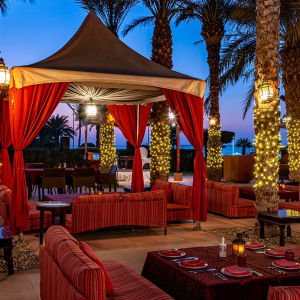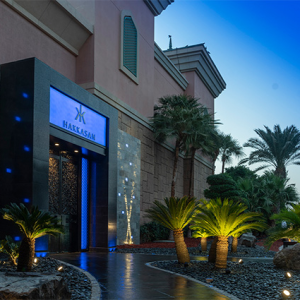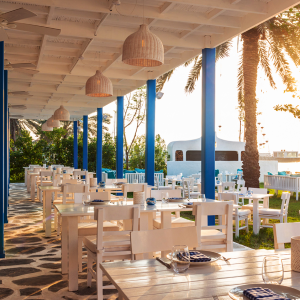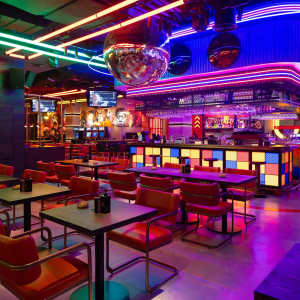A major step toward sustainable innovation is taking shape as Witthal announces the development of the UAE’s first lithium battery recycling plant at Kezad. This transformative project is set to supercharge the country’s green economy, enhance its circular energy vision, and create a new benchmark in environmental responsibility for the Gulf region.
This isn’t just about recycling batteries—it’s about creating a long-term ecosystem that supports clean energy, industry resilience, and future-forward jobs.
A Bold Move in the Right Direction
The upcoming recycling plant is more than infrastructure—it’s a signal that the UAE is putting the circular economy front and center in its industrial future.

By processing thousands of tonnes of used lithium-ion batteries annually, the plant will significantly reduce landfill dependency and cut down emissions, enabling valuable materials like lithium, cobalt, and nickel to be recovered and reused instead of being mined afresh. This move not only addresses environmental concerns but also tackles the global raw material shortage affecting the electric vehicle (EV) industry.
Building a Sustainable EV Future
With the EV market expanding rapidly across the Middle East, battery demand is soaring. However, so is battery waste. The launch of this plant helps close that loop.

By turning end-of-life batteries into raw material for new ones, the facility will serve as a crucial backbone for EV growth—powering sustainable transport, bolstering local manufacturing, and reducing the region’s reliance on imported materials. The project aligns with forward-looking goals that prioritize climate action, resource efficiency, and technological innovation.
The Vision Behind the Project
At the heart of this project is a vision to build not just a recycling facility, but a full-fledged sustainability hub. Future plans involve creating adjacent ventures such as carbon capture systems and advanced component remanufacturing units.
This ecosystem approach enables a broader industrial impact—fueling job creation, supporting supply chains, and paving the way for high-tech innovation clusters in the UAE.
What Makes This Facility Unique?
Several features position the upcoming plant as a trailblazer in the region:
- 5,000 tonnes per year processing capacity
- Significant CO₂ emissions reductions, projected in tens of thousands of tonnes annually
- Use of advanced recovery technologies for maximum material efficiency
- Integration with EV and renewable energy industries
- Designed for future scalability across multiple sectors
It also provides a unique opportunity for the UAE to tap into a growing global market: lithium battery recycling is becoming a multi-billion-dollar sector worldwide, and this plant places the nation squarely on the map.
Beyond the Environment: Economic Impacts
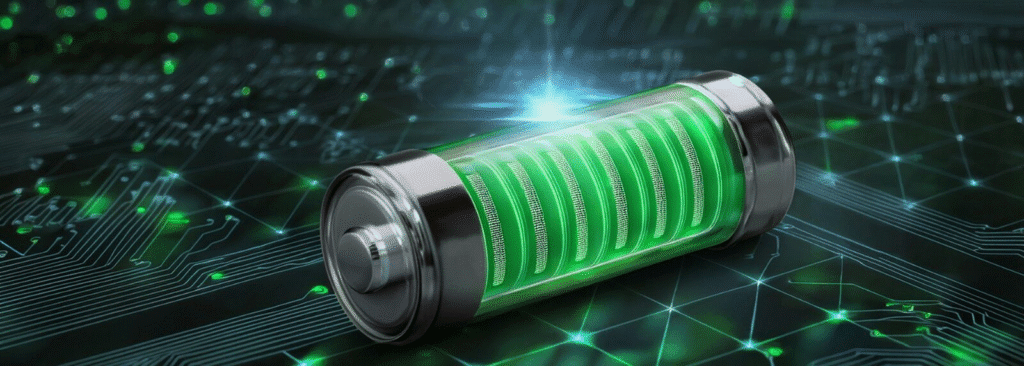
The facility isn’t just a win for the planet—it’s a big boost for the economy.
Thousands of skilled and semi-skilled job opportunities are expected to emerge, spanning everything from engineering and logistics to research and administration. The surrounding infrastructure at Kezad will also benefit from this influx of talent and activity, making it a growth hotspot.
Additionally, with more manufacturing happening locally, supply chain costs are lowered, and export potential rises, strengthening the UAE’s economic resilience.
A Win for the Circular Economy
This initiative champions the circular economy model—where waste becomes a resource. Batteries, which are typically considered hazardous waste at the end of their life cycle, are transformed into valuable inputs for new technologies.
This keeps valuable materials in use longer, reduces environmental harm, and leads to cost savings over time. The project proves that economic growth and environmental stewardship can go hand in hand—and flourish together.
Human Impact: Sustainability You Can Feel
Every innovation is ultimately about people.
This plant will not only create green jobs but also support healthier communities by cutting pollution and promoting energy efficiency. Families across the UAE will experience improved air quality and public health outcomes as cleaner practices replace old, wasteful ones.
Students and young professionals will also see new career pathways opening up in renewable energy, recycling tech, and green engineering—fields that weren’t accessible in the region just a few years ago.
Positioned for Global Leadership
With this bold project, the UAE places itself among the world’s leaders in green industrialization. The plant serves as a powerful statement: that sustainability and innovation are not just buzzwords—they’re action items that the country is committed to delivering.
As other regions begin facing the economic and environmental toll of battery waste, the UAE is positioning itself as a solution provider—with the expertise, infrastructure, and vision to lead.
Future Expansion & Roadmap
The launch of the plant in 2027 is only the beginning. A strategic roadmap is in place for scaling and evolving the project:
- 2025–2026: Design finalization, regulatory clearances, equipment sourcing
- Q2 2027: Full operations begin at Kezad facility
- 2028 onward: Expansion into carbon capture, material innovation, downstream recycling products
- Long-term: Regional and international partnerships to replicate the model abroad
This step-by-step growth plan ensures the facility remains at the cutting edge of clean technology and industrial progress.
The Big Picture: A Blueprint for Others

As climate challenges escalate, nations are seeking replicable models that work—economically, environmentally, and socially. This plant serves as such a blueprint.
Its ability to deliver measurable environmental benefits while spurring economic activity makes it an attractive model not just for the UAE but for neighboring countries looking to meet their own sustainability targets.
The ripple effects will be felt far and wide—from reduced mining pressure globally to cleaner streets in cities here at home.
A Personal Perspective
For workers inside the plant, this is a career with purpose. For engineers, it’s a problem-solving mission. For families, it’s cleaner air and a more secure future.
This project shows that progress isn’t about abstract ideas—it’s about smart, bold actions that protect the planet and uplift lives in real, tangible ways.
The UAE isn’t just adapting to change—it’s helping drive it.
Conclusion: A Greener Tomorrow Begins Now
The lithium battery recycling plant at Kezad marks a powerful new chapter for the UAE. It’s a project that merges vision, innovation, and responsibility—all under one roof.
This initiative doesn’t just process old batteries. It builds new opportunities, protects natural resources, and leads the way toward a more circular, sustainable economy.
By choosing to invest in tomorrow today, the UAE is proving that the future of clean energy isn’t just coming—it’s being built now, right here at home.
Do follow UAE Stories on Instagram
Read More: VPN Freedom in Dubai: What You Must Know Now




